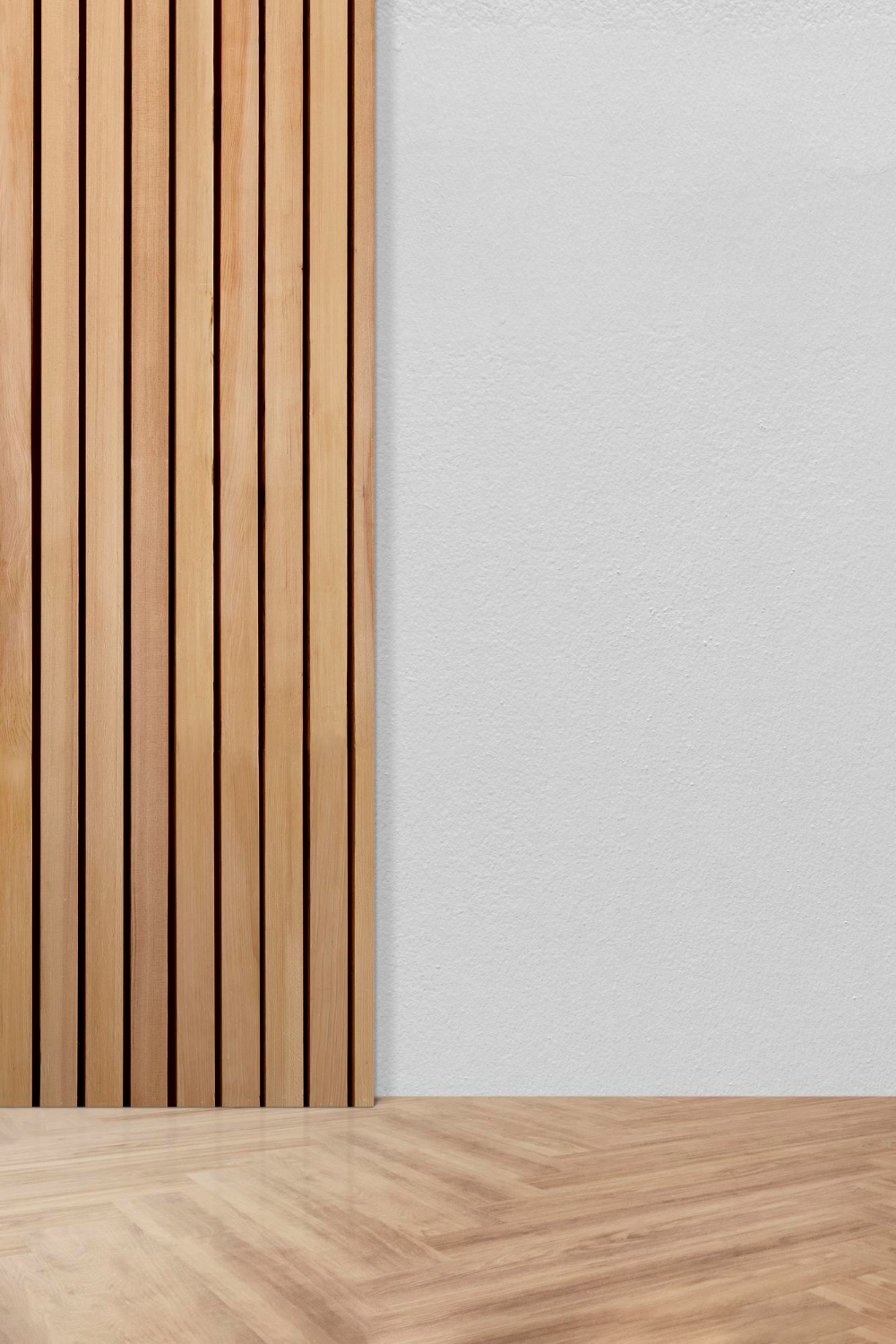
It is more than just a protective layer for your home; it’s a vital component in achieving the desired beautiful appearance. With the right textures and finishes, It can transform both the interior and exterior of a building, making it look modern, rustic, or luxurious.
Whether you're renovating your home or designing a new space, understanding the various wall cladding textures and finishes available will help you make informed decisions that enhance both style and functionality.
In this article, we will explore the popular textures and finishes for wall cladding, focusing on both interior and exterior applications. We’ll discuss the benefits and visual interest of materials like stone, wood, and concrete, and how they can be used to create a unique look for your home.
Wall cladding plays a crucial role in defining the beauty and functional aspects of a building. It serves as the first line of defense against environmental factors like rain, wind, and temperature fluctuations. Beyond its protective function, they also enhance the visual charm of a structure, providing texture, color, and depth that paint alone cannot achieve.
In modern architecture, the choice of wall cladding texture and finish can set the tone for the entire building. From sleek, modern designs to rustic, natural finishes, the options are vast and varied. The right combination of texture and finish not only improves the building’s appearance but also adds to its value and durability.
While wall cladding can dramatically enhance the appearance of a building, it’s also important to consider the maintenance and durability of the materials used.
Stone and brick are among the most durable options, requiring minimal maintenance over time. Wood, while beautiful, may require more frequent upkeep to protect it from weathering and pests.
Concrete, on the other hand, is highly durable and low-maintenance, making it a popular choice for both interiors and exteriors. Regular cleaning and occasional sealing can help maintain the appearance and longevity of concrete cladding.
Interior wall textures are designed to bring warmth, character, and style to the inside of your home.
Wooden wall cladding offers a warm and inviting texture that is perfect for creating cozy, rustic interiors. The texture of wood can be smooth, with visible grain patterns, or rough-hewn for a more natural, unfinished look. Wood cladding can be stained or painted in various colors to match the overall décor of the space.
Benefits:
Warmth: Wood adds a natural warmth that can make any room feel more inviting.
Acoustic Insulation: Wood has excellent sound-absorbing properties, making it ideal for reducing noise in living spaces.
Customizable: Wood can be cut, shaped, and finished in numerous ways to achieve the desired look.
Brick wall cladding brings an industrial and urban feel to interiors. The texture of brick is inherently rough and uneven, which adds a sense of history and character to any room. Exposed brick walls are a popular choice in loft-style apartments and modern industrial designs.
Benefits:
Durability: Brick is extremely durable and can withstand wear and tear.
Timeless Appeal: The classic look of brick never goes out of style.
Energy Efficiency: Brick provides good thermal insulation, helping to regulate indoor temperatures.
Exterior wall finishes are critical in defining the appearance and protection of a building.
Concrete wall cladding has gained popularity in modern architecture for its sleek, minimalist look. The finish of concrete can be smooth and uniform, or it can be textured to mimic the look of natural stone or wood. Concrete cladding is variable and can be used in both residential and commercial buildings.
Benefits:
Modern Aesthetic: Concrete offers a clean, contemporary look that suits modern designs.
Durability: Concrete is highly durable and can withstand harsh weather conditions.
Energy Efficiency: Concrete has good thermal mass properties, helping to keep interiors cool in summer and warm in winter.
Wooden wall cladding for exteriors provides a natural, organic look that blends well with the environment. The finish of wood can range from smooth and polished to rough and weathered, depending on the type of wood and treatment used. Wood cladding is commonly used in residential buildings to create a warm, welcoming façade.
Benefits:
Eco-Friendly: Wood is a renewable resource and can be sourced sustainably.
Customizable: Wood can be painted, stained, or left natural to achieve the desired finish.
Insulation: Wood provides good thermal insulation, improving the energy efficiency of the building.
Stone wall cladding textures is a timeless choice that adds a natural and elegant touch to interiors. The texture of stone can range from smooth and polished to rugged and rustic, depending on the type of stone and the finish applied. Stone wall cladding textures are particularly effective in creating accent walls that draw attention and add a sense of permanence and luxury to a room.
Benefits:
Durability: Stone is incredibly durable and can last for decades with minimal maintenance.
Natural Appeal: The natural variations in color and texture of stone create a unique, organic look.
Versatility: Stone can be used in various settings, from living rooms to bathrooms.
Stone wall cladding for exteriors offers a robust and luxurious look. The finish can vary from smooth and polished to rough and rugged, depending on the desired aesthetic. Stone cladding is often used in facades, pillars, and garden walls to create a cohesive, natural look.
Benefits:
Weather Resistance: Stone is highly resistant to weather, making it ideal for exterior use.
Low Maintenance: Once installed, stone requires little to no maintenance.
Value Addition: Stone cladding can significantly increase the value of a property.
One of the most effective ways to enhance the visual appeal of a building is to combine different wall cladding textures and finishes. For example, pairing smooth concrete with rough stone can create a striking contrast that adds depth and interest to the façade.
Similarly, combining wood with brick can bring a balance of warmth and industrial chic to an interior space. When combining textures and finishes, it’s important to consider the overall design theme and the desired effect.
Mixing too many textures can result in a chaotic look, while a well-planned combination can elevate the aesthetic appeal of the building.
Wall cladding textures and finishes offer endless possibilities for transforming the look and feel of your home. Whether you prefer the natural beauty of stone, the warmth of wood, or the sleek modernity of concrete, there’s a wall cladding option to suit every style and preference.
By understanding the different textures and finishes available, you can make informed decisions that enhance both the aesthetics and functionality of your space. From interior accent walls to exterior façades, it provides a convertible and durable solution for modern design.
With the right combination of textures and finishes, you can create a unique look that reflects your personal style and adds value to your home.
1. What is the best material for wall cladding?
The best material for wall cladding depends on your design goals and environmental conditions. Stone is durable and timeless, wood offers warmth, and concrete provides a modern look.
2. Can wall cladding be used both indoors and outdoors?
Yes, wall cladding is variable and can be used in both interior and exterior applications. Different materials and finishes are available to suit each environment.
3. How do I maintain stone wall cladding?
Stone wall cladding is low-maintenance, requiring occasional cleaning with mild soap and water.
4. Is wood cladding suitable for exterior walls?
Yes, wood cladding is suitable for exterior walls but requires regular maintenance to protect it from weathering and pests. Treating the wood with sealants can enhance its durability.
5. What are the benefits of using concrete wall cladding?
Concrete wall cladding offers durability, low maintenance, and a modern aesthetic. It also provides good thermal insulation, helping to regulate indoor temperatures.












